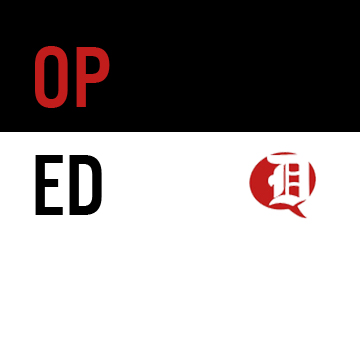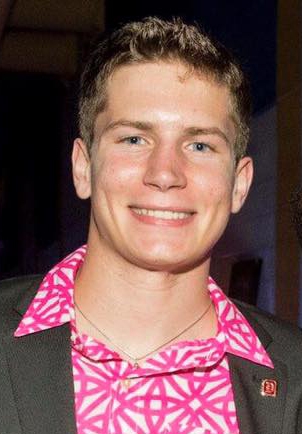
By: Rebekah Devorak | Opinions Editor
In 2012, makeup powerhouse Revlon raked in over $1.43 billion in profit, according to the company’s annual sales report. However, that number is meager at best when compared to the top dog in the industry – L’Oreal – which amassed over $28.33 billion in sales as reported by WWD Beauty Inc.
These figures prove one thing: women love buying makeup. More than 74 million pieces of makeup were sold within the first six months of 2012 alone according to The NPD Group Inc. Women purchased $36 tubes of lipstick from Chanel and $62 tubs of powder from Guerlain – and they did it with glee.
But what many women don’t realize is that the makeup industry is a multi-billion dollar conglomerate dedicated to making people feel bad about themselves.
Charles Revson, founder of Revlon Cosmetics, is famously quoted as saying, “We don’t sell lipstick. We sell hope.” If this statement still holds true today, women must be seriously short on hope.
Behind the colorful products, luxurious packaging and subconscious promise of adoration each brand in the business makes lies a much darker trend that even the most full-coverage concealer can’t hide.
Somehow throughout the years, society scourged and scandalized women’s imperfections. All it takes is a scan of the local grocery store’s magazine rack. The Us Weekly issue hailing Kim Kardashian for “getting her body back” after giving birth sits next to the InStyle Magazine praising Kate Winslet on her youthful skin despite being 40. The cover promises readers that “5 ways to erase 10 years” are inside.
Women in today’s culture have embarked on the journey to ultimate physical perfection, and the makeup industry plays a monumental role in getting them to buy in. These beauty retailers pick apart every stage in the natural progression of life like a vulture does with its decaying dinner.
Kate Somerville markets its acne clearing products to teenagers as a way to feel “reborn” and to see a “younger, prettier reflection with each passing day.” Celtrixa showcases its creams and tonics as a way to rid “embarrassing” stretch marks. An advertisement for Nivea’s anti-wrinkle cream entices females to “discover why millions of women don’t look their age.”
These characteristics, which were once considered rites of passage, have been twistedly morphed into something shameful. Acne, a symbol of the transition from childhood to adulthood, is deemed revolting. Stretch marks, often the visible evidence from the miracle of childbirth, are considered disfigurements. Wrinkles, a testament to wisdom and experience gathered over a full life, are something to turn the clock back on.
The makeup industry funnels these perceptions into women’s minds with every compact of blush and each bottle of nail polish they create.
Perhaps the worst part is that women are conforming to these unrealistic beauty standards. According to a study by the University of New Hampshire called “The Beauty Industry’s Influence on Women in Society,” 71 percent of women believe that the right makeup is at least “somewhat important” to their self-confidence. Another study by the Harris poll tells a similar tale; 44 percent of women feel unattractive without any makeup on.
Makeup wasn’t always used to fashion elaborate beauty standards. The Chou Dynasty in China was well-known for wearing nail polish; the gold or silver colors were used to differentiate them as royalty. Ancient and current Indian cultures use makeup as a part of religious practices. To them, makeup expresses a deeper meaning.
Beauty products should be used to empower women rather than to ignite insecurities. We must embrace our differences, our so-called imperfections, because those are what distinguish us and make us who we are.
Remember that the next time a department store makeup artist tries to convince you that your complexion isn’t flawless.




